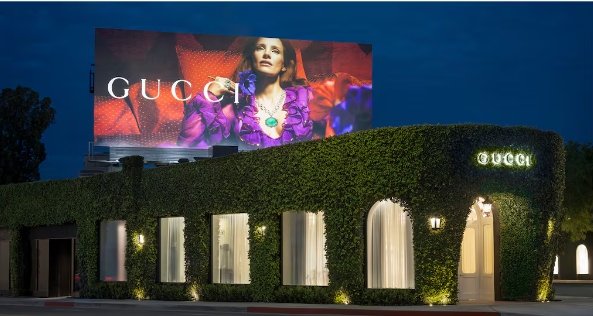In a year when much of the fashion industry is facing softened demand and cautious consumers, one segment remains as powerful — and as lucrative — as ever: the ultra-wealthy.
While middle-tier and aspirational luxury buyers have pulled back, high-net-worth individuals (HNWIs) are spending more than ever on luxury goods and experiences. This rarefied group, largely immune to inflation or rising interest rates, is now the key target for brands seeking to offset sluggish mass-market sales. The result? A full-on arms race to win their loyalty, deepen relationships, and offer exclusivity money can’t always buy — unless, of course, you’re really in the club.
The Power of the Top 1%
Wealth concentration has accelerated globally over the last decade, and so has spending by the richest consumers. These clients aren’t just purchasing handbags or diamonds — they’re investing in deep brand experiences, private previews, and one-of-a-kind products that never hit the shelves.
According to luxury insiders, up to 40% of sales for some top-tier brands now come from just 1% of their clients. With this kind of financial influence, it’s no surprise that luxury houses are tailoring entire strategies around what makes these individuals feel seen, valued, and indulged.
Gucci’s Private Playbook
At Gucci, CEO Jean-François Palus is rebalancing the brand’s strategy after years of youth-driven, maximalist appeal. One major shift? Quietly building ultra-exclusive client programs that operate far from the public eye.
Gucci’s elite services include private shopping suites, early access to limited collections, and invitations to runway shows and bespoke events. The goal: to make Gucci not just a brand, but a lifestyle partner for the ultra-wealthy. Think custom wardrobe services, access to creative directors, and global lifestyle concierge support. For these top clients, Gucci isn’t just a label — it’s a curated part of their everyday luxury.
Mytheresa: Personalization at Scale
German luxury e-tailer Mytheresa has doubled down on its Personal Shopping program — a strategy that’s been core to its revenue growth. The service offers top clients bespoke styling support, access to exclusive capsule collections, and “money-can’t-buy” experiences like fashion week tickets and designer meet-and-greets.
What sets Mytheresa apart is its ability to scale personalization using client data and digital tools. The company knows what each VIP customer loves, anticipates their tastes, and offers suggestions that feel more like a friend’s recommendation than an algorithmic upsell.
This hyper-attentive model not only drives loyalty but keeps HNWIs spending heavily, knowing their experience is tailored to their world.
Tiffany & Co.: Jewels and Journeys
Following its acquisition by LVMH, Tiffany & Co. has undergone a glow-up — but it’s not just about revamping the brand image. The heritage jeweler is investing heavily in high jewelry and bespoke experiences, especially under the leadership of Alexandre Arnault.
Case in point: the “Blue Book” collections — rare, often one-off creations shown only to top-tier clients. Tiffany also courts the ultra-rich with destination events, private dinners, and museum-like showcases. For their biggest spenders, it’s not about walking into a store — it’s about being flown to Paris to preview a $2 million necklace over champagne.
The message is clear: You’re not a shopper — you’re a collector. And Tiffany is your curator.
Why This Strategy Works
Beyond simply selling luxury items, these brands are offering something more powerful: status, intimacy, and belonging. For the ultra-wealthy, who can afford anything, exclusivity is no longer just about product — it’s about access, personalization, and prestige.
These loyalty programs and high-touch services create a moat around top clients, reducing the appeal of switching brands and deepening emotional connections. In a crowded market, that level of relationship is what turns a $50,000-a-year client into a $500,000-a-year client.
The Future of Luxury: Fewer, Better Clients?
As luxury sales become increasingly reliant on a small number of ultra-high spenders, brands may start moving away from volume-driven models and lean harder into quality over quantity — not just in products, but in clientele.
Expect more invitation-only clubs, secret capsule drops, and luxe experiential marketing as labels compete to lock in loyalty from the world’s wealthiest shoppers. But success will hinge on making it feel effortless and meaningful — not forced or transactional.
Because in this new era, the most valuable currency isn’t money — it’s emotional exclusivity.






